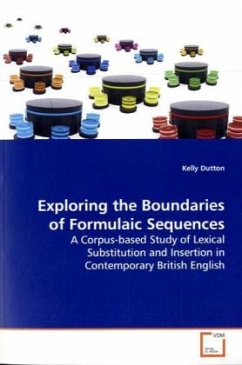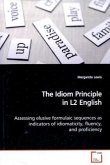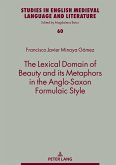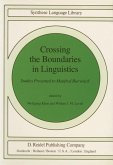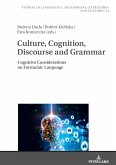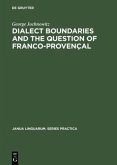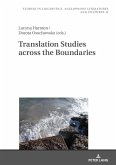Formulaic Sequences are multi-word prefabricated
phrases of either literal (e.g. good morning) or
non-literal (e.g. kick the bucket) reading. A
property of such sequences is variation. Formulaic
sequences can be subject to varying degrees of
lexical substitutions, grammatical variations, and
insertions. This book investigates the boundaries of
variation: the limits of lexical substitution and
insertions for formulaic sequences, i.e. how much
variation can occur before the sequence stops being
fixed and becomes context-dependent. The boundaries
between one formulaic sequence and another and the
boundaries between a literal and non-literal reading
are also explored. The Longman Idioms Dictionary
(1998) and the British National Corpus (BNC) provided
the data for the research, and the technique and
analysis used contribute to lexicography and inform
cognitive models of storing and organizing language.
phrases of either literal (e.g. good morning) or
non-literal (e.g. kick the bucket) reading. A
property of such sequences is variation. Formulaic
sequences can be subject to varying degrees of
lexical substitutions, grammatical variations, and
insertions. This book investigates the boundaries of
variation: the limits of lexical substitution and
insertions for formulaic sequences, i.e. how much
variation can occur before the sequence stops being
fixed and becomes context-dependent. The boundaries
between one formulaic sequence and another and the
boundaries between a literal and non-literal reading
are also explored. The Longman Idioms Dictionary
(1998) and the British National Corpus (BNC) provided
the data for the research, and the technique and
analysis used contribute to lexicography and inform
cognitive models of storing and organizing language.

